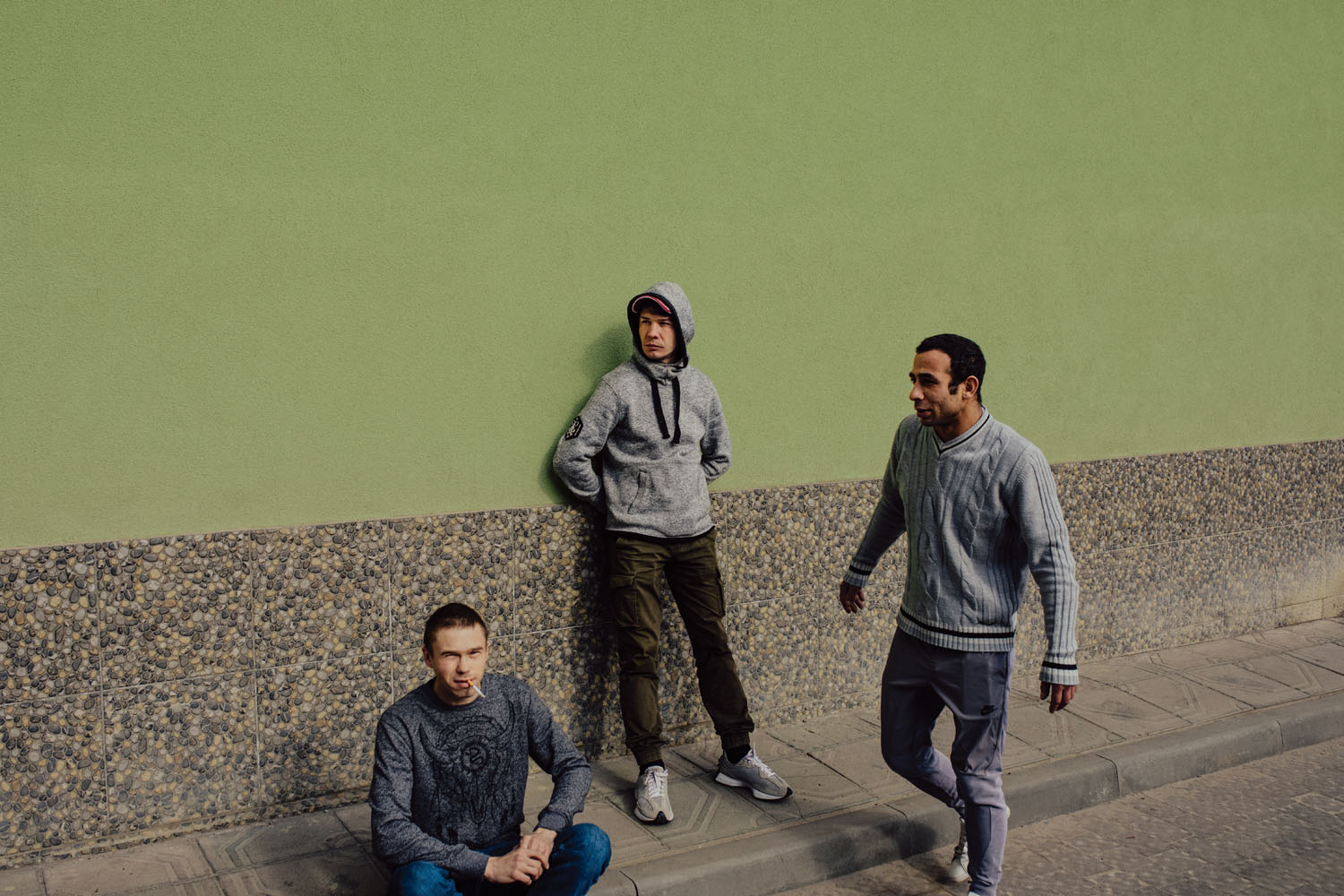Image


You should really subscribe now!
Or login if you already have a subscription.
Robin Alysha Clemens is a lens-based artist and photographer from Amsterdam. Their projects revolve around identity, belonging, and a sense of community. Through portraits, cinematographic visualizations, and storytelling they examine (sub)cultures, traditions, and the associated symbolism.